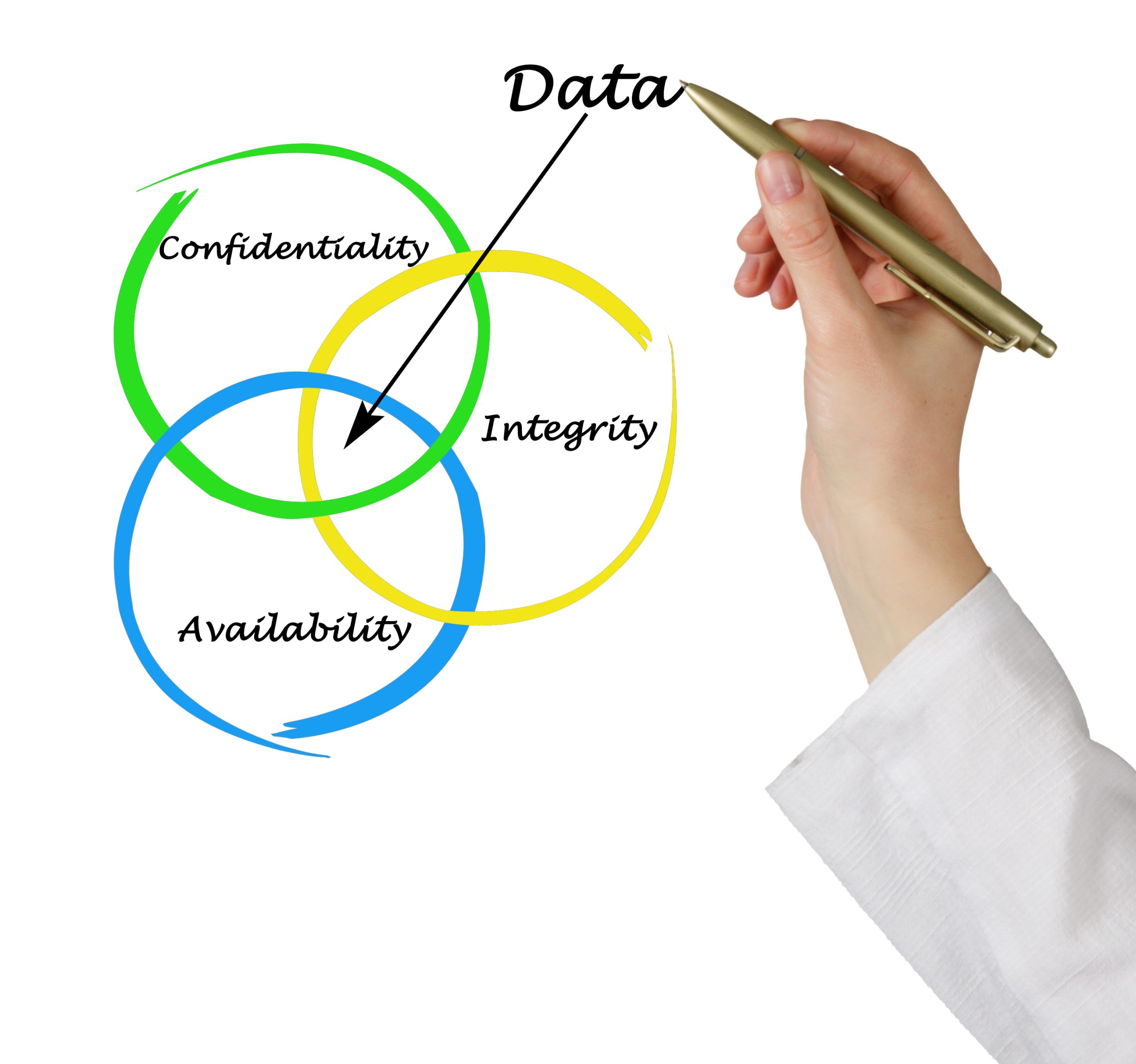Configuration Management in ISO 27001 plays a crucial role in maintaining the integrity, availability, and confidentiality of an organisation’s IT assets. For organisations implementing ISO 27001, an effective configuration management process is not just beneficial—it’s essential. This blog post explores the importance of configuration management within the ISO 27001 framework and provides guidance on its implementation.
Understanding Configuration Management in ISO 27001
Configuration management involves identifying, controlling, maintaining, and verifying the versions of all critical assets within an organisation’s IT environment.
Key Objectives:

1. Ensure that assets are identifiable and traceable
2. Control changes to critical systems
3. Maintain the integrity of systems and software
4. Support audit and verification processes
Why Configuration Management Matters in ISO 27001
1. Risk Mitigation: Proper configuration management helps identify and mitigate security risks associated with misconfigured systems.
2. Compliance: It supports compliance with ISO 27001 requirements and other regulatory standards.
3. Operational Efficiency: Well-managed configurations lead to fewer errors and faster problem resolution.
4. Change Management: It facilitates smoother implementation of changes and updates to IT systems.
Implementing Configuration Management for ISO 27001 Compliance
1. Asset Inventory: Maintain a comprehensive inventory of all hardware and software assets.
2. Baseline Configurations: Establish and document baseline configurations for all systems.
3. Change Control: Implement a robust change management process to control modifications to systems.
4. Version Control: Use version control systems for all critical software and configuration files.
5. Regular Audits: Conduct periodic audits to ensure configurations align with documented standards.
6. Automated Tools: Utilise configuration management tools to automate tracking and reporting.
7. Documentation: Maintain detailed documentation of all configurations and changes.
8. Training: Ensure that relevant staff are trained in configuration management processes and tools.
Best Practices for Configuration Management
1. Standardisation: Develop and enforce standard configurations across similar systems.
2. Least Privilege: Apply the principle of least privilege to system configurations.
3. Continuous Monitoring: Implement tools for continuous monitoring of configuration states.
4. Integration: Integrate configuration management with other ISMS processes like incident management and risk assessment.
5. Regular Reviews: Periodically review and update configuration management policies and procedures.
Conclusion
Effective configuration management is a cornerstone of a robust Information Security Management System (ISMS) under ISO 27001. By implementing strong configuration management practices, organisations can enhance their security posture, maintain compliance, and improve operational efficiency.
Remember, in the dynamic landscape of IT and cybersecurity, maintaining control over your systems’ configurations is not just a best practice—it’s a critical component of your overall security strategy. Regular attention to configuration management will pay dividends in improved security, reduced incidents, and smoother audits.
If you need help understanding configuration management, drop us an email or book a call here
